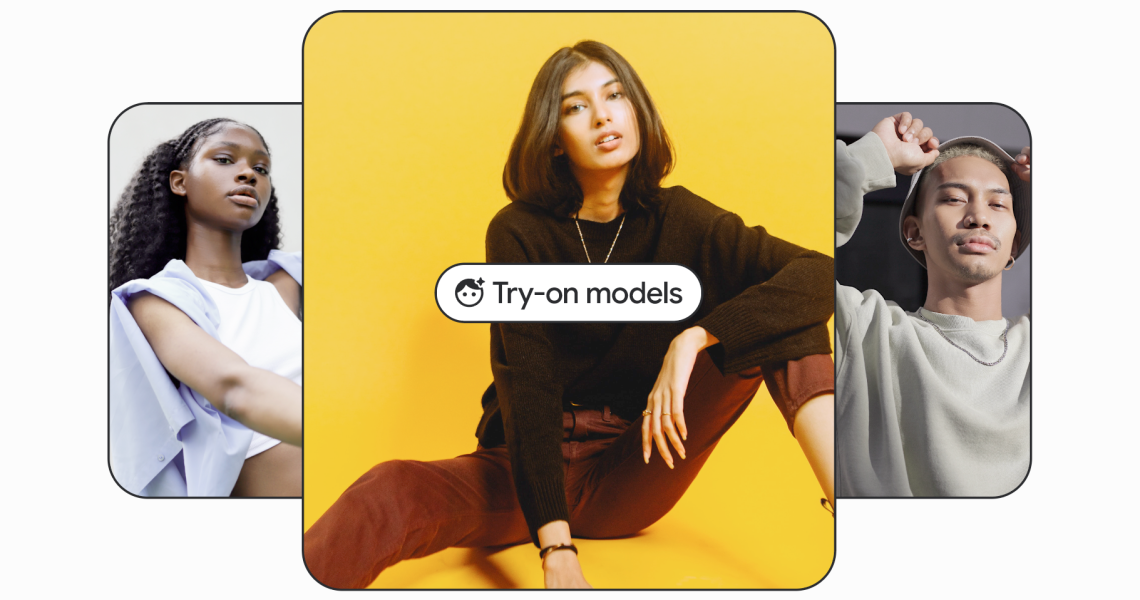Tech companies are increasingly courting fashion brands to provide accurate e-commerce try-on features to reduce returns. Now, Google’s newly launched AI diffusion-driven VTO (virtual try-on), announced on June 14, is set to serve as competition by offering its search engine-based product free of charge for brands that are part of its merchant program.
Virtual try-on, or the ability to try on clothing on a brand’s e-commerce site, has been a mixed-bag proposition for brands from the luxury to the mass market. Accurate virtual clothing try-on has been harder to achieve, compared to beauty and accessories which are more products. Clothing VTO must also contend with fitting different body types and showing different fabric textures virtually.
Snapchat has been among the closest to master virtual try-on through an e-commerce-integrated AR feature that it updated in March of this year. The update has allowed for clothes to drape more realistically, although the experience is still limited to only a few fashion brands. Among them are Gobi Cashmere, which launched on Snap in March, and American Eagle, which piloted the feature last year.
However, VTO remains a priority investment area for brands. “If you shave even a few percentage points off that retail return rate as a result, you’re talking hundreds of millions of dollars saved for companies,” said Craig Brommers, CMO of American Eagle, when the brand started testing the feature last May. In its AE pilot, jean try-ons were saved or shared 100% more times than typical Snap benchmarks. Although Snap is allowing brands to integrate the SaaS VTO to brands on its own platform, the tool is not something that every brand can immediately apply, due to the resources needed to create AR-enabled clothes.
With Google’s announcement, VTO services and AR platforms are seeing competition from a more immediate, free application. Google’s VTO uses artificial intelligence and Google’s method of diffusion and cross-attention to combine two images — one of a model and one of the clothing item — to create the finished imagery.
At the moment, Google’s VTO only allows consumers to try on tops from brands with enough high-quality imagery. Currently, those include Everlane and H&M, among others. These brands can be tried on AI-generated models with customizable skin tones and body sizes. Google said it is expanding to other clothing categories and men’s over the next year.
Shyam Sunder, group product manager at Google who helped launch the tool, said that the company has no plans to monetize virtual try-on, as it is more interested in providing a free value add for brands using AI. Data from the try-on tool will also benefit the platform, as more brands and retailers trying it will lead to faster improvements. Sunder worked with multiple brands over the course of the year to understand what customers are looking for most, with the result being: accurate sizing on a human model.
Ad position: web_incontent_pos1
“Brands don’t need to do anything to participate. If you have a merchant center account with a high-quality image of a top on a model, your brand is eligible to partake in this experience,” said Sunder. “And while brands don’t need to take action to benefit from this tool, we are certainly always eager to hear feedback.”




